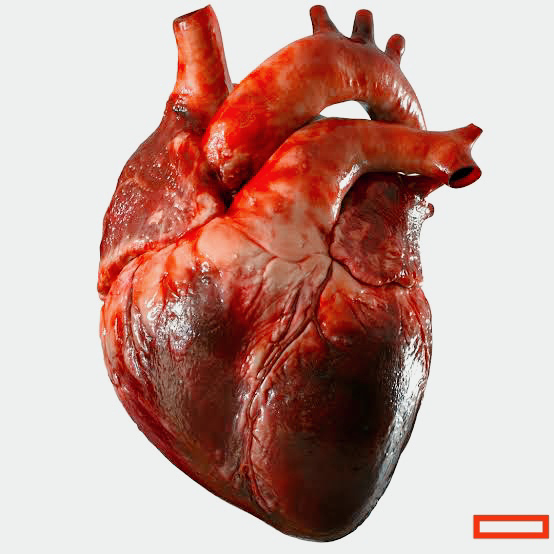Lithium
LITHIUM
The lightest of the solid elements is lithium (Li), an element belonging to Group 1 (Ia) of the periodic table. A number of its alloys and compounds, as well as the soft, white, and glossy metal itself, are produced on an industrial basis.
Eventuality and production
Lithium was first detected in the mineral petalite by Swedish chemist Johan August Arfwedson in 1817; it is also present in brine deposits and as salts in mineral springs; the concentration of lithium in seawater is 0.1 parts per million (ppm). Other sources of lithium include the pegmatite ores spodumene (LiAlSi2O6), lepidolite (of various structures), and amblygonite (LiAlFPO4), which contain between 4 and 8.5 percent Li2O. It makes up roughly 0.002 % of the Earth's crust.
Prior to the 1990s, American production from mineral deposits dominated the market for lithium chemicals and metals. However, by the turn of the twenty-first century, non-American countries, primarily Australia, Chile, and Portugal, accounted for the majority of production. Despite having half of the world's lithium resources, Bolivia is not a significant producer of the metal. Lithium carbonate, often known as Li2CO3, is the primary commercial form and is created from ores or brines using a variety of various techniques. Lithium chloride, which is the compound used to generate lithium metal by electrolysis, is produced by adding hydrochloric acid (HCl).
By electrolyzing a fused mixture of lithium and potassium chlorides, lithium metal is created. Lower-temperature functioning of the electrolysis is made possible by the mixture's lower melting point (400-420 °C, or 750-790 °F) compared to that of pure lithium chloride (610 °C, or 1,130 °F). Lithium is deposited at a purity level higher than 97 percent because the voltage at which breakdown of lithium chloride occurs is lower than that of potassium chloride. In the electrolytic manufacture of lithium, steel cathodes are employed instead of graphite anodes. A thin film of electrolyte shields the molten pool of pure lithium that coalesces at the electrolyte's surface from reactivity with the air when it is generated at the cathode.
The solidified electrolyte is removed and the lithium is ladled from the cell and cast by pouring it into a mould at a temperature just over the melting point. Following the remelting of the solidified lithium, any insoluble materials either float to the top of the melt or sink to the bottom of the melt pot. The potassium concentration is lowered to fewer than 100 parts per million during the remelting process. The body-centered cubic crystal structure of lithium metal, which can be rolled into sheets and pulled into wire, makes it harder than the other alkali metals but softer than lead.
Classification
Alkali metals include lithium.
Color silvery
Atomic mass 6.941
State solid
Melting point 453.69 K, or 180.54 oC
boiling point 1615 K, 1347 oC
Electrons: 3\sProtons: 3
the most prevalent isotope's neutrons:
4 shells of electrons
2,1 electron arrangement
1s2 2s1
At 20 oC, density
0.53 g/cm3
Lithium Facts That Are Interesting
The Big Bang is thought to have produced only three elements in considerable quantities: lithium, hydrogen, and helium.
Within the first three minutes of the universe's existence, these components were created.
Only the alkali metal lithium can react with nitrogen.
From lithium carbonate, Humphrey Davy created some of the first lithium metal in history.
Today, bipolar (manic-depressive) disorder's manic phase is inhibited using lithium carbonate, or more specifically, the lithium ions in lithium carbonate.
Consumer electronics like computers and cell phones have undergone a revolution thanks to lithium-based batteries.
Lithium batteries have a high energy density, meaning that for a given battery weight, they provide more energy than batteries made of other metals.
Adverse effects
Due to the caustic hydroxide it produces when in contact with moisture, lithium is corrosive and can result in skin burns. Bipolar illness patients on lithium carbonate may be advised to switch up their medication during pregnancy because lithium has been linked to birth abnormalities.
Thank you 😊
Best of Luck
Authors.
ZeeshanfayazLone@
Naikoozeeshan@





Comments
Post a Comment